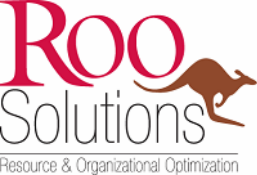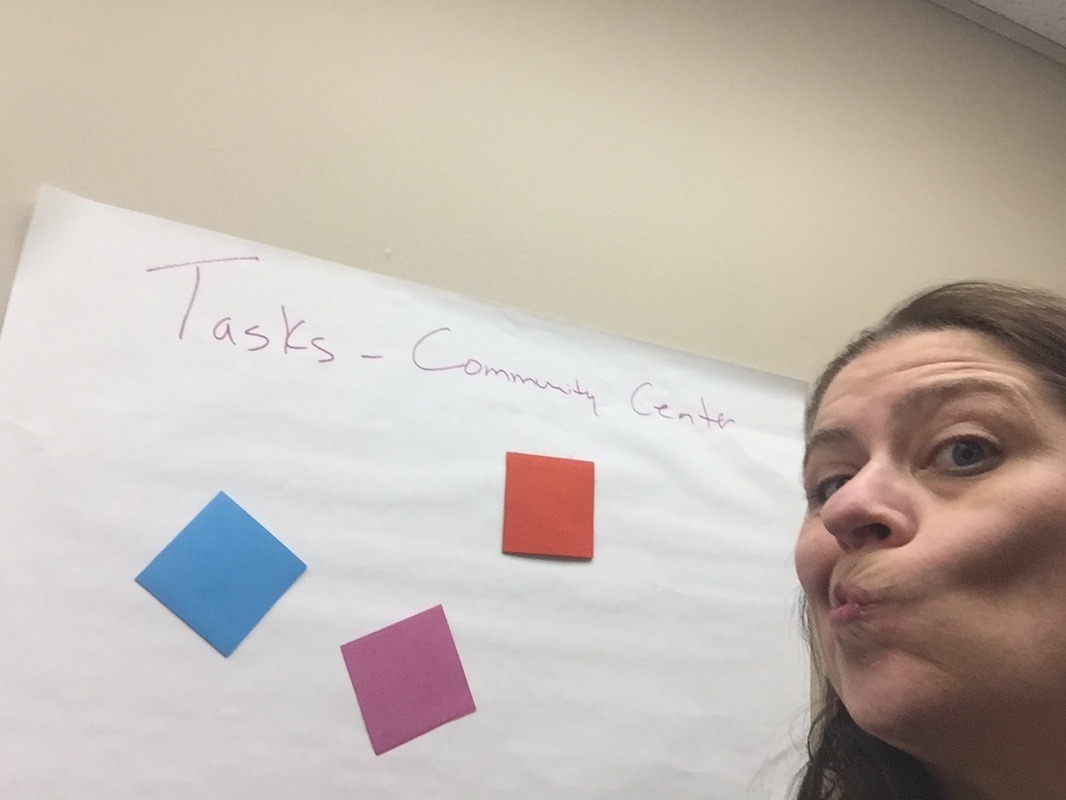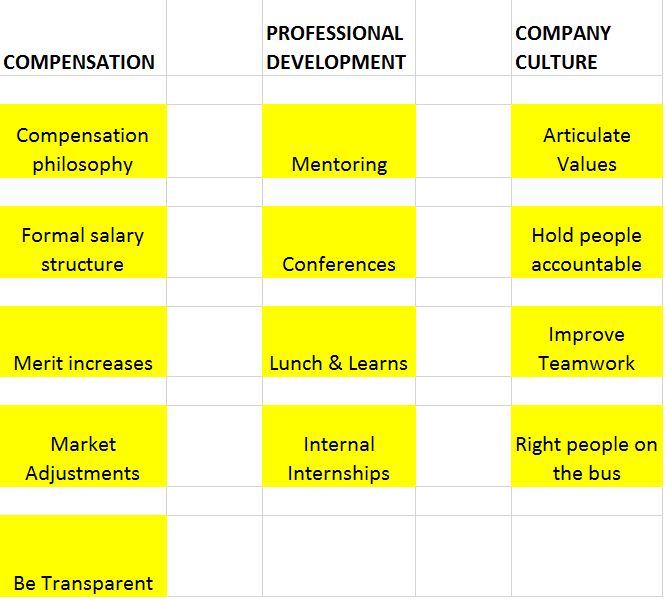I am a firm believer that most organizational problems can be solved by playing with Post-It® Notes. Thank you 3M.
When dealing with complex problems we tend to have a fixed viewpoint. When we are in the middle of a mess we can't see the path out. When we are stuck in “that's the way we've always done it”, we do not see the benefit of change. The beauty of the Post-It® Note is its simplicity and movement. Nothing is fixed, experimentation is easy and “do overs” are no problem - you can always move the item back to the original location. It is non-threatening, engaging and fun – even for introverts. It is also highly effective.
When dealing with complex problems we tend to have a fixed viewpoint. When we are in the middle of a mess we can't see the path out. When we are stuck in “that's the way we've always done it”, we do not see the benefit of change. The beauty of the Post-It® Note is its simplicity and movement. Nothing is fixed, experimentation is easy and “do overs” are no problem - you can always move the item back to the original location. It is non-threatening, engaging and fun – even for introverts. It is also highly effective.
The next time you are trying to redefine a process, clarify roles or brainstorm ideas, take out some Post-It® Notes and some markers. Whatever the topic, problem or question is, ask each person to record 1 thought per note. Let this go on for 5-10 minutes. This ensures everyone is heard. Place the notes on the wall or flip chart. Use a facilitator to group the Post-It® Notes into categories. If you are trying to fix a process, start with 1 action or task per Post-It® Note. Focus on how things really are (current state), not how you wish they were (future state).
Then begin to ask questions.
Below are three great uses for this technique.
1. Organizational design. One page of a flip chart / section of a white board is dedicated to each role or function. Participants write down one task per note and stick it to the paper / whiteboard. Once all tasks are listed you will be able to visually identify who might be overloaded, opportunities to reallocate duties in a more sensible manner, and perhaps identify things that no longer need to be done.
2. Idea generation. Ask a question, such as “What are the most critical things we can do to increase employee engagement? Participants record 1 idea per note and post the idea. One person may generate two ideas and another may generate 6 ideas. This is ok. Themes will begin to emerge. The facilitator helps identify these themes, duplications, gains consensus and prioritizes ideas (usually through a voting process). It might look something like this:
What can we do to increase employee engagement?
Then begin to ask questions.
- Why is this task here?
- What if we…?
- Does it really happen that way?
Below are three great uses for this technique.
1. Organizational design. One page of a flip chart / section of a white board is dedicated to each role or function. Participants write down one task per note and stick it to the paper / whiteboard. Once all tasks are listed you will be able to visually identify who might be overloaded, opportunities to reallocate duties in a more sensible manner, and perhaps identify things that no longer need to be done.
2. Idea generation. Ask a question, such as “What are the most critical things we can do to increase employee engagement? Participants record 1 idea per note and post the idea. One person may generate two ideas and another may generate 6 ideas. This is ok. Themes will begin to emerge. The facilitator helps identify these themes, duplications, gains consensus and prioritizes ideas (usually through a voting process). It might look something like this:
What can we do to increase employee engagement?
3. Process Improvement. We all think we know how a process works….in theory, that is. There is a policy or a procedure that describes every step we should take. However, this is usually not how things actually get done. Get the right people in the room – the people who do the work. Use the post it notes to identify each step in the process and place them on a timeline / process map. Clarify inputs and outputs and identify bottlenecks. You will be amazed by how much disagreement there is regarding how things “really work”. This can be turned into a basic process map of the current state and be used as a foundation for identifying improvement opportunities and desired future state.
These are just a few ideas you can easily implement in your workplace. I love bringing clarity to chaos and I love playing with Post-It® Notes.. If you would like to learn this technique or have a facilitator help your team clarify roles, processes or structures. I'll bring the office supplies!
PS - Post-It® Notes were an accident. Pay attention to the accidental moments of genius in your workplace.
These are just a few ideas you can easily implement in your workplace. I love bringing clarity to chaos and I love playing with Post-It® Notes.. If you would like to learn this technique or have a facilitator help your team clarify roles, processes or structures. I'll bring the office supplies!
PS - Post-It® Notes were an accident. Pay attention to the accidental moments of genius in your workplace.


